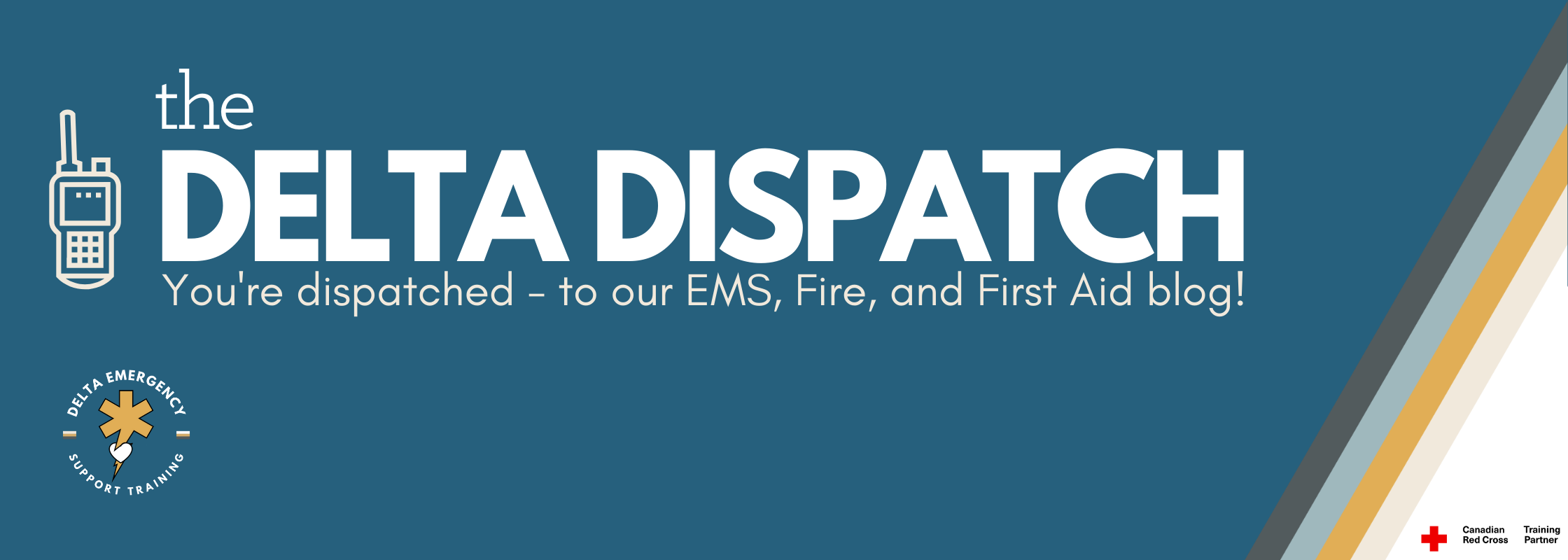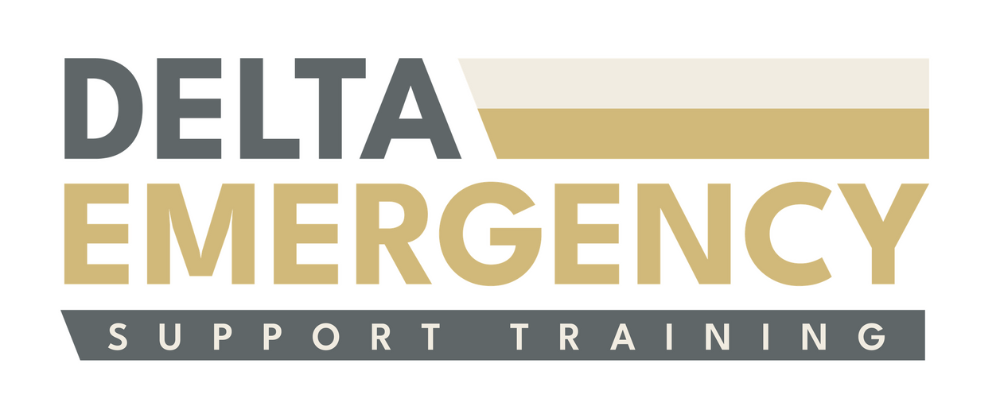How to Manage Delirium in Geriatric Patients: Essential Skills for EMRs and Firefighters
/Delirium in the Geriatric Patient: How EMRs and Firefighters Can Identify and Respond
Delirium is a serious medical condition, particularly in the elderly, and as an EMR or firefighter, it’s crucial to recognize the signs early and act swiftly. Unlike dementia, which progresses slowly over time, delirium can develop acutely and rapidly change the patient’s mental status, presenting significant challenges for first responders. In geriatric patients, delirium is a medical emergency that often requires urgent intervention.
This blog will guide you on how to recognize delirium, understand its underlying causes, and effectively manage geriatric patients experiencing it.
What is Delirium?
Delirium is defined as an acute and fluctuating onset of inattention, disorganized thinking, and/or altered levels of awareness. It differs from dementia in that it is temporary and occurs suddenly, often in response to an underlying medical condition or environmental trigger.
The symptoms of delirium typically appear suddenly and may fluctuate throughout the day. Common signs include:
Inattention: Difficulty maintaining focus, distracted, or unable to follow a conversation.
Disorganized Thinking: Incoherent or illogical speech, trouble forming coherent thoughts.
Altered Awareness: The patient may be either overly drowsy (hypoactive) or agitated (hyperactive). In many elderly patients, hypoactive delirium is most common and can often go undetected in emergency situations.
Why is Delirium Common in Geriatric Patients?
The elderly population is particularly susceptible to delirium for several reasons, including:
Age-Related Physical Changes: Aging can cause changes in the brain that make older adults more vulnerable to confusion and mental disturbances.
Underlying Medical Conditions: Chronic health issues like heart disease, diabetes, or kidney failure may predispose the elderly to developing delirium.
Medications: Certain medications, especially in combination, can trigger delirium in older patients. Common culprits include sedatives, narcotics, and anticholinergics.
Infections: Conditions like urinary tract infections (UTIs) and pneumonia are known triggers of delirium in the elderly.
Environmental Factors: Hospitalizations, changes in routine, or unfamiliar environments (e.g., new settings after an injury) can exacerbate confusion and lead to delirium.
Recognizing Delirium in the Elderly
As an EMR or firefighter, recognizing delirium is a crucial skill that can improve patient outcomes. Delirium may not be as obvious as other acute conditions, especially since the elderly are often at risk of hypoactive delirium, which can manifest as lethargy or withdrawal rather than agitation.
Key Symptoms to Look For:
Inability to focus: The patient may appear "spacey," unable to follow a conversation, or may forget what they were just talking about.
Confusion: They may be disoriented, unable to recall where they are, or confused about the time and date.
Fluctuating alertness: The patient's level of awareness may change rapidly, ranging from excessive sleepiness to periods of hyperactivity or aggression.
Hallucinations or Delusions: While less common, some patients may see or hear things that aren’t there, or they may have false beliefs (e.g., believing they’re in a completely different location).
Hypoactive Delirium: A Hidden Danger
It’s important to note that 70% of delirium cases in elderly patients are hypoactive, meaning the patient may seem unusually drowsy, withdrawn, or lethargic. This subtle form can often go undiagnosed in the emergency department (ED) or in the field because the patient may not exhibit the typical signs of agitation. As a first responder, you must be aware that any older adult exhibiting lethargy or confusion after a recent trauma or medical event could be suffering from delirium.
Common Causes of Delirium in the Geriatric Patient
Several medical conditions or factors may trigger delirium in older adults, making them more vulnerable to changes in their cognitive state. As an EMR or firefighter, understanding these causes can help you quickly identify potential underlying issues:
Infections: UTIs, pneumonia, or sepsis can quickly lead to delirium in elderly patients.
Dehydration and Malnutrition: Inadequate fluid or nutrition intake can significantly affect brain function.
Medications: Polypharmacy, or the use of multiple medications, is common in elderly patients and can interact to cause confusion or delirium. Pay special attention to narcotics, sedatives, and antihistamines.
Pain or Injury: Trauma, especially head injuries, can trigger delirium, as can untreated pain.
Hospitalization: Elderly patients who are hospitalized for an acute illness or injury may experience delirium due to the stress of hospitalization, changes in routine, and medication side effects.
Alcohol Withdrawal: If the elderly patient has a history of alcohol use and suddenly stops drinking, delirium may occur.
How EMRs and Firefighters Can Respond to Delirium in the Elderly
When faced with a patient exhibiting signs of delirium, quick and effective action is critical. Below are steps for managing these patients:
1. Initial Assessment
Ensure Safety: The first priority is ensuring the safety of the patient. Patients experiencing delirium may be disoriented or agitated, so they could put themselves or others at risk. Ensure a safe environment and avoid sudden movements that might escalate confusion.
Take a Comprehensive History: If possible, gather a thorough history from caregivers, family, or bystanders. Ask about the patient’s recent health changes, medications, and any prior cognitive issues.
Rule Out Life-Threatening Causes: Delirium can be a sign of a serious condition such as an infection, stroke, or head injury. Check vital signs and assess for any signs of a critical underlying cause (e.g., hypotension, fever, abnormal heart rate, etc.).
2. Address Underlying Causes
If the delirium is due to a known cause (e.g., an infection), it is critical to treat the underlying issue as soon as possible.
Consider the possibility of hypoxia, hypoglycemia, or medication-related causes, which can often be quickly addressed in the field.
If the patient is in pain or has a known medical condition that could be contributing to confusion (like dehydration), take steps to manage it immediately.
3. Monitor the Patient
If the patient is not yet stable, keep a close watch on their mental status. Delirium can fluctuate, so continuous assessment is key.
Stay calm and provide reassurance to the patient. If they are agitated, offer clear explanations and avoid confrontational responses.
Transport to the hospital promptly, ensuring that the medical team is aware of the patient’s delirium so they can investigate and treat the underlying cause quickly.
4. Engage Family or Caregivers
When possible, engage family members or caregivers to help assess the patient's baseline mental status and to provide relevant medical history, including recent changes or new medications.
Conclusion
Delirium in geriatric patients is a common, often undiagnosed condition that presents a unique challenge for EMRs and firefighters. Because it can rapidly change from one moment to the next, it's essential to recognize the signs of delirium early and manage the underlying causes. Prompt action, effective communication with medical teams, and ensuring patient safety are key components in improving patient outcomes.
As a first responder, your ability to identify delirium and intervene early can mean the difference between a successful recovery and long-term complications. By staying vigilant and informed, you can ensure that older patients receive the timely, life-saving care they need.
Delta Emergency is taught by a well-versed group of instructors and owners who are experienced paramedics. We teach you not only the necessary skills but also how to be prepared for real-life emergencies. Our hands-on training ensures you're equipped to handle any critical situation with confidence, improving both your ability to respond and your patient outcomes.




